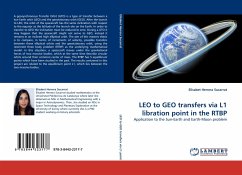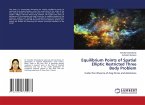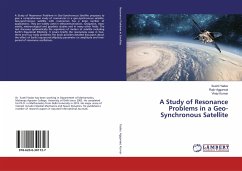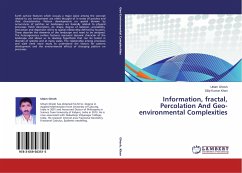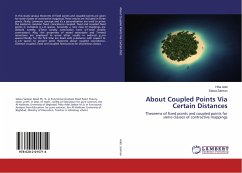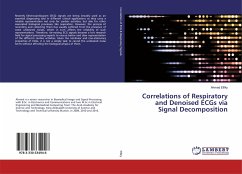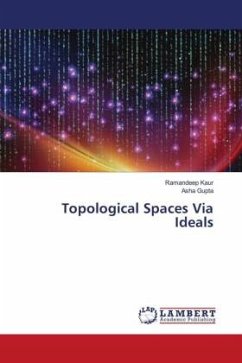A geosynchronous Transfer Orbit (GTO) is a type of transfer between a low Earth orbit (LEO) and the geostationary orbit (GEO). After the launch to LEO, the orbit of the spacecraft has the same inclination with respect to the equator as the latitude of the launch site on the Earth. In order to transfer to GEO the inclination must be reduced to zero. During a GTO it may happen that the spacecraft might not arrive to GEO, instead it remains in an inclined high elliptical orbit. The aim of this masters thesis is to compare, in terms of increments of velocity, possible transfers between these elliptical orbits and the geostationary orbit, using the restricted three body problem (RTBP) as the underlying mathematical model. In this situation, a spacecraft moves under the gravitational forces of two massive bodies, which at the same time describe circular orbits around their common center of mass. The RTBP has 5 equilibrium points which have been studied in the past. The results contained in this project are related to the equilibrium point L1, which lies between the two massive bodies.
Bitte wählen Sie Ihr Anliegen aus.
Rechnungen
Retourenschein anfordern
Bestellstatus
Storno

